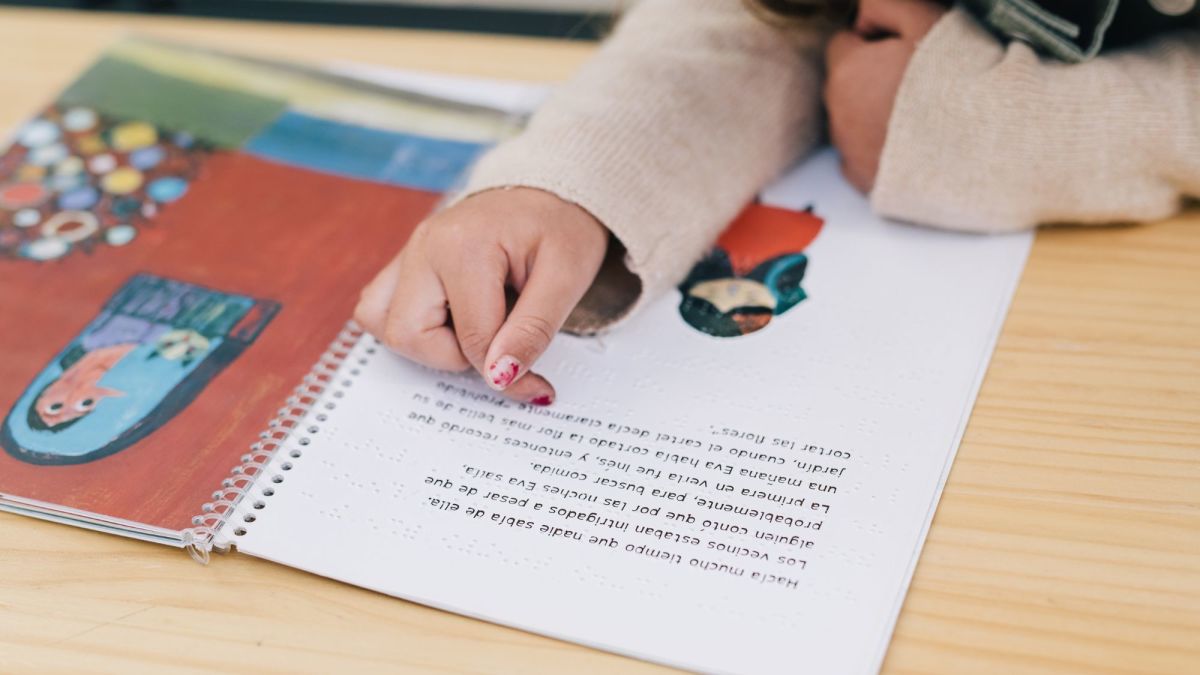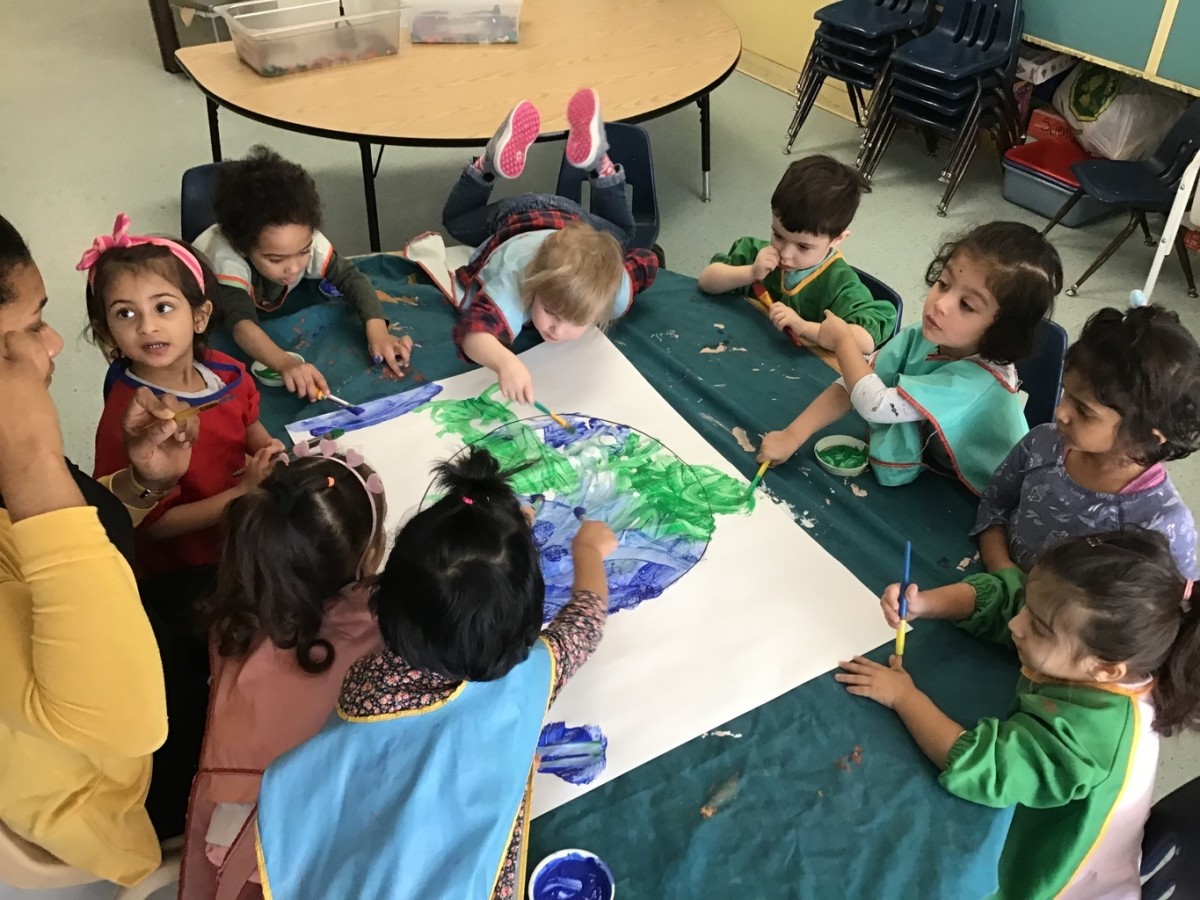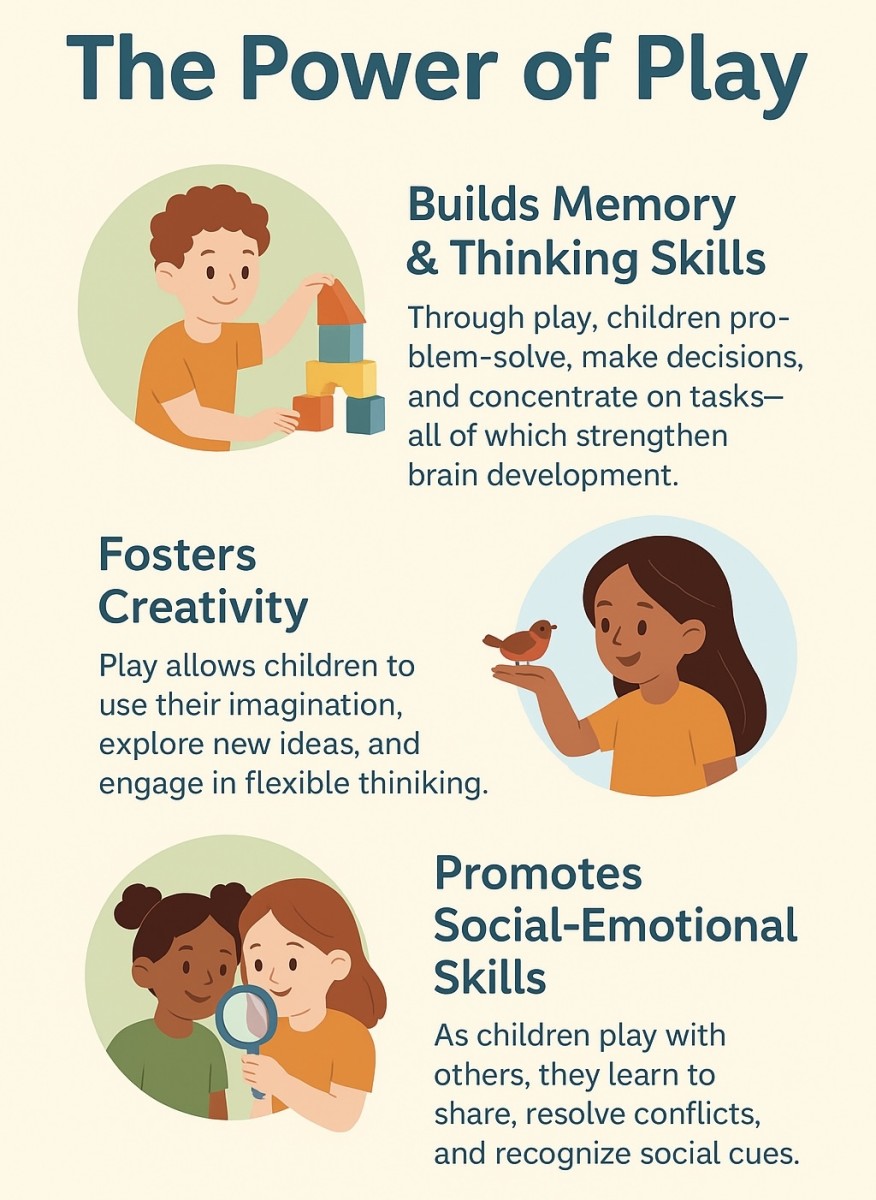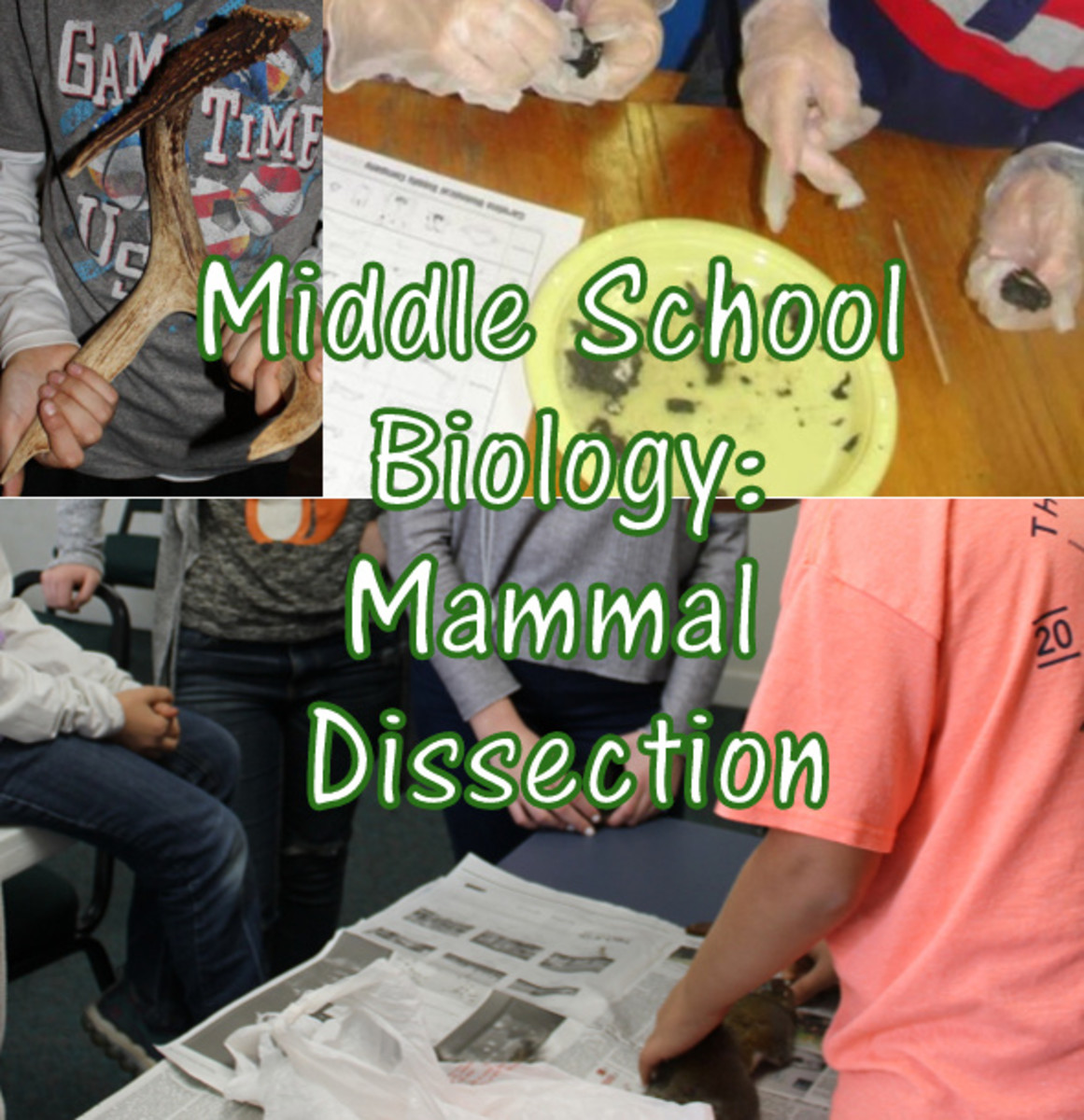- HubPages»
- Education and Science»
- Teaching»
- Lesson Plans
A Summer of Learning: How Parents Can Enrich Learning to Maintain Skills

Summer is, no doubt, a much loved and welcomed time of year for students and families. There are endless possibilities for adventure and outdoor fun! However, it is essential not to let summer impede learning and result in a regression of skills in the fall. Here are some quick ideas to keep learning in tip-top shape for the return to school this fall:
Read Each Day:
Be it a chapter book, a picture book, nonfiction articles online, or whatever, just be sure to have your young charges read each day. Make it fun and exciting! Generally, a good guideline for daily reading is about 10-20 minutes for younger kids. Older students can usually read to themselves and with parents for about 20-30 minutes per day or evening. However, allow an older child or avid reader to become so engrossed in reading a book, that an hour may tick by! Time and space for individual reading are helpful. Offer a variety of text. Aim for a chapter per day, a picture book per day, or a non-fiction article per day. Don’t forget to read WITH your child to make it less burdensome, fun, and meaningful!
Trips to the Great Outdoors:
Explore the great outdoors with a theme in mind! Perhaps venture out with the idea of catching an insect. Observing the body parts, drawing what you see, and labeling the parts, write what is observed in a science journal or nature journal. Together, discuss the parts on the insect and how those structures aid in survival. Later, read and gain more information about that insect. Visit many outdoor places to learn and study the natural environment.
Museums are Great for Ongoing Inquiry:
Museums offer excellent opportunities to learn about science, nature, history, and even math! However, it is a LOT to take in at once. Stunned in “information overload,” the museum can quickly morph into more of a theme park rather than a place to slow down and acquire a depth of knowledge. If you can visit the same museum several times. Focus on one or two exhibits at a time to hone in on the concepts and learning offered. Several visits allow for the excitement and “novelty” to wear off, and you may find your child settling in and becoming more engaged at a station much longer than during the first visit.
Everyday Math:
Cook and bake together! Preparing family meals offers an excellent opportunity for measuring and following directions. When shopping, children can help parents with creating a budget and adhering to that budget. Estimate and weigh fruits and veggies. Teach children to read labels. Establishing healthy eating habits can also be incorporated in embedded in trips to the grocery store. When spending allowance, determine if enough money was saved to buy a toy and how much change will be returned. Teaching children to wait for a nicer toy by saving helps children learn patience and self-restraint and resit “impulse buying.” Teach young children counting, addition, and subtraction in nature with pebbles, sticks, or even food, occasionally, can help hone necessary computation skills. If in doubt, help your child complete a worksheet at grade level to practice math each day. Remember to make it fun and simple.
Visit a Historical Site:
Old battlegrounds, forts, and buildings are a great way to teach our nation’s history and learn about the past. Children can compare and contrast how life is now versus how life used to be for early American families and soldiers. Coupled with reading and online learning, this can offer a precious opportunity to appreciate our American history.
Every day can be a field trip! Learning doesn’t always have to happen in the confines of a classroom. Summer is an excellent opportunity to enrich learning experiences together as a family and make memories in the process!
~Amanda Allison, M.Ed.








